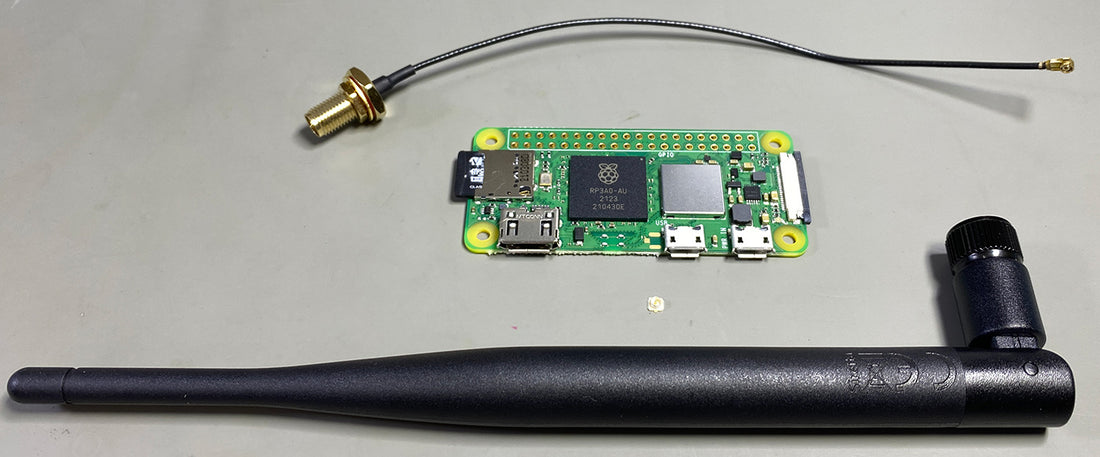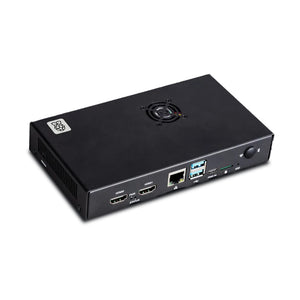We've barely scratched the surface of the Pi Zero 2's capabilities. [Brian Dorey] shows us how to hack your Pi's WiFi and improve its performance. A u.FL footprint can be discovered in line with the onboard WiFi antenna, implying that someone had to connect an external antenna. This is where [Brian] comes in, with a photo-rich article and video instruction that will have you modifying your own Zero in no time. His measurements reveal fourteen networks available in a location where he previously only saw four, and RSSI values have improved by 5 dB -10 dB, which is significant when it comes to establishing a longer or more reliable connection.
With old laptops serving as a good source of WiFi antennae, all you need to do now is get a u.FL connector and practise soldering! The most difficult element of such a project is avoiding unintentionally soldering the u.FL connector's metal container - and [Brian] mostly succeeds! He demonstrates how to detach the external antenna to avoid signal reflections and the like, and you'll be expected to never turn on your Pi Zero without an antenna attached again, should your transmitter get fatally confused by the mismatch of hardware-defined impedance assumptions.
🤩🎉Now Live On @Kickstarter
— SB Components Ltd (@sb_ltd) December 3, 2021
𝐋𝐨𝐑𝐚™ 𝐇𝐀𝐓 𝐟𝐨𝐫 Raspberry Pi (𝟖𝟔𝟖𝐌𝐇𝐳/𝟒𝟑𝟑𝐌𝐇𝐳)
👉Origional Semtech SX1262
👉Longer Transmission Distance
👉Anti-interference
👉Ensuring Stable Communication
👉Compatible with All @Raspberry_Pi Board
Visit: https://t.co/ewRFVSTsY5
The footprints for connectors you can add aren't only on a Pi Zero, and arguably, that's your job as a hacker - altering the devices you work with in a way that adds capability. Remember to tell us how you did it!
If you ever want to place your Pi Zero in a full-metal enclosure, this approach should come in handy. Interested in the inner workings of the Raspberry Pi antenna? We've previously discussed these. Here's one for the Pi 3 and here's one for the original Zero W — both from [Brian]!
Recent Articles:
- Arduino IDE 2.0 Release Candidate (RC) Beta
- Getting Started with LoRa™ HAT for Raspberry Pi
- Applications Based on Barcode HAT
- Getting Started with Sense HAT for Raspberry Pi Pico
- Raspberry Pi Zero 2 W vs. Raspberry Pi Zero W - Comparison
- Debian Latest Stable Version 11 “Bullseye” Release with Updated Packages
- Raspberry Pi Foundation Announces Raspberry Pi Zero 2 W









1 comment
tinkerer
You could’ve just moved the capacitor from the pcb antenna trace to the external antenna connector trace without cutting any traces. Also your soldering iron was too cold.